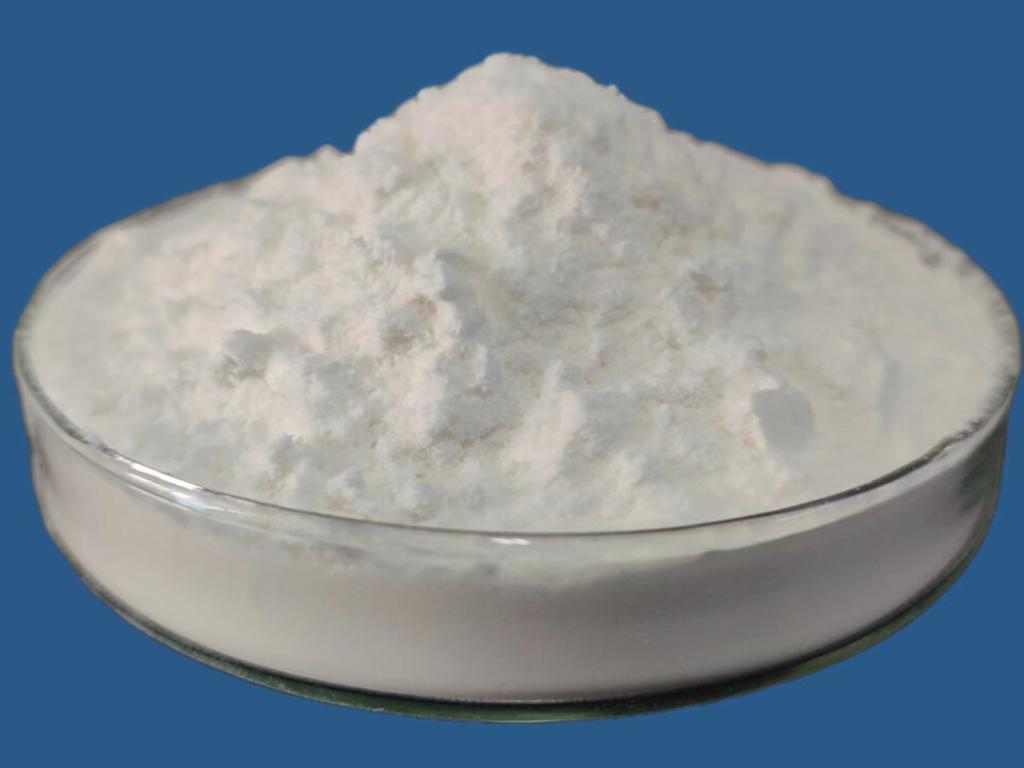Tel:+8618231198596

News
 CONTACT
CONTACT
 CONTACT
CONTACT
- Linkman:Linda Yao
- Tel: +8618231198596
- Email:linda.yao@dcpharma.cn
- Linkman:CHARLES.WANG
- Department:Overseas
- Tel: 0086 0311-85537378 0086 0311-85539701
News
Current Position:
Home >
News
>ε-Polylysine hydrochloride's applications in controlling fungal growth in food.
ε-Polylysine hydrochloride's applications in controlling fungal growth in food.
TIME:2024-05-15
1. Introduction:
Fungal contamination is a common problem in the food industry, affecting the safety, quality, and shelf-life of various food products. Fungi, such as molds and yeasts, can thrive in diverse environments and produce toxins that pose risks to human health. Traditional methods of fungal control, such as chemical fungicides and synthetic preservatives, may raise concerns about safety and environmental impact. ε-Polylysine hydrochloride (ε-PL), as a natural antimicrobial peptide, offers a sustainable alternative for controlling fungal growth in food while maintaining product quality and safety.
2. Mechanisms of Action:
ε-PL exerts its antimicrobial activity against fungi by disrupting fungal cell membranes, inhibiting cell growth, and interfering with cellular functions. It binds to negatively charged components on the fungal cell surface, leading to membrane permeabilization and leakage of intracellular contents. Additionally, ε-PL may disrupt fungal biofilms, preventing their formation and facilitating the elimination of adherent cells. The unique mechanism of action of ε-PL makes it effective against a wide range of fungal species commonly found in food products.
3. Applications in Food Preservation:
ε-PL has been successfully incorporated into various food formulations, including beverages, dairy products, baked goods, and meat products, to control fungal growth and improve shelf-life. It can be added directly to food during processing or applied as a surface treatment post-processing. Studies have shown that ε-PL effectively inhibits the growth of common foodborne fungi, such as Aspergillus, Penicillium, and Candida species, thereby reducing the risk of contamination and extending the freshness and safety of food products.
4. Efficacy in Fungal Control:
Research on the efficacy of ε-PL in controlling fungal growth in food has yielded promising results. Studies have demonstrated that ε-PL effectively reduces fungal counts, inhibits the growth of mycotoxin-producing fungi, and extends the shelf-life of food products during storage. Furthermore, ε-PL's compatibility with other antimicrobial agents, such as organic acids and enzymes, enhances its efficacy in controlling fungal contamination and contributes to the overall preservation of food products.
5. Consumer Acceptance and Regulatory Considerations:
Consumer acceptance of food products containing ε-PL is influenced by factors such as taste, texture, and perception of naturalness. Sensory evaluation studies are essential for assessing consumer preferences and optimizing ε-PL concentrations to minimize sensory changes while maximizing preservative efficacy. Additionally, regulatory approval of ε-PL as a food additive varies among countries, requiring compliance with maximum usage levels and labeling requirements.
6. Future Directions and Challenges:
Future research on ε-PL in food preservation should focus on optimizing formulation parameters, evaluating its long-term effects on product quality, and assessing its safety in diverse applications. Challenges such as stability in different processing conditions, cost-effectiveness, and scalability of production need to be addressed to facilitate ε-PL's widespread adoption by the food industry. Collaborative efforts between researchers, food manufacturers, and regulatory authorities are essential for overcoming these challenges and unlocking the full potential of ε-PL in food preservation.
7. Conclusion:
ε-Polylysine hydrochloride offers a promising solution for controlling fungal growth and improving the safety and shelf-life of food products. Its natural origin, broad-spectrum antimicrobial activity, and compatibility with food formulations make it an attractive alternative to traditional fungicides and synthetic preservatives. With further research, optimization, and regulatory approval, ε-PL has the potential to revolutionize fungal control practices in the food industry, leading to safer, fresher, and more sustainable food products for consumers worldwide.
- Tel:+8618231198596
- Whatsapp:18231198596
- Chat With Skype







